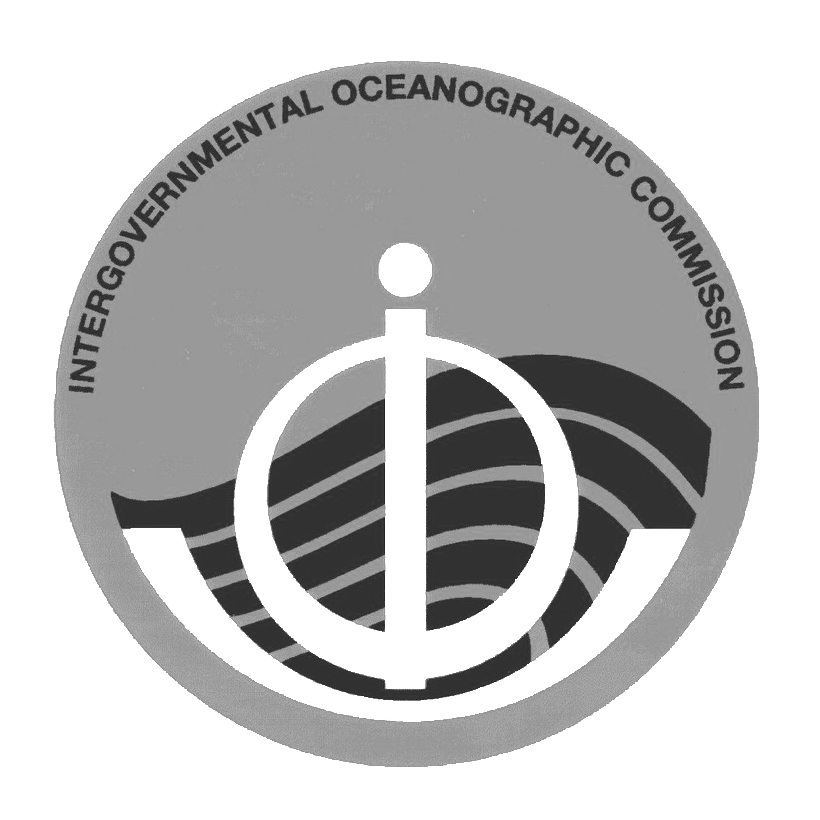OBIS, the Ocean Biodiversity Information System, was created in 2000 as the information management arm of the Census of Marine Life (CoML), and has as its mission the provision of a unified gateway to global marine species distribution data maintained by a wide range of custodians, to facilitate the exploration of patterns of distribution of marine life in relation to geographical and ecological factors.
OBIS Australia is the Regional OBIS Node for the Australian region and part of an expanding community of regional or thematic nodes. Its main functions is to foster the online provision of marine species data from the Australian region into the OBIS international data network. These data can also be forwarded to GBIF and ALA on a case by case basis - for details see Contributing Data to the OBIS Network.
Some guidance on the nature of the data in OBIS
Scope
OBIS Australia is providing the principal local data access point for marine species distribution data for the Australian region and adjacent seas. There is a South Western Pacfic OBIS Regional Node, hosted by NIWA, which will have an overlapping area of interest in the Tasman Sea and the Southern Ocean. The Australia Antarctic Data Centre AADC manages data from the Australian Antarctic Program which covers the Southern Ocean from 30 deg east to 155 deg east and from Hobart to the continent. Their data is directly sent to OBIS via the biodiversity.aq domain. Additional species distribution data, both marine and terrestrial, may also be accessible via GBIF, the Global Biodiversity Information Facility especially if it has been sourced from non-Australian data providers.
Quality assurance
Data ownership
Data use
Data gaps
- Most of the planet is more than 1 km under water: this deep sea is the least surveyed part of our world.
- Coastal areas have been adequately sampled only for the distribution of most birds, mammals, and reptiles, and some of the larger fish species.
- The oceans have been better sampled in the northern than the southern hemisphere, as reflected in the distribution of data in OBIS.
- Most marine species have not yet been recognized or named. A major effort is required to describe marine species, especially invertebrates and all deep-sea organisms.
- Of the marine species that have been described, some have been discovered to be several species, and others combined into single species. Thus, there are changes in the application of species names over time. The World Register of Marine Species (WoRMS) is the current standard catalogue that OBIS uses to identify marine species and the capability to validate and track changes in names.
- Some species distribution data are not available in any form, as they have not been published nor made available for databases.
- Only some of the recently collected, and less of the older published, data have been entered into databases. Thus, databases are very incomplete.
- Of existing databases, many are not connected to OBIS.
You can help address these data gaps by (a) recognizing and encouraging scientists and organizations to make their data available online so they are accessible to OBIS, and/or (b) advocating for and carrying out field surveys and taxonomic studies designed to fill geographic and taxonomic gaps in knowledge.
 This site is hosted by the CSIRO National Collections and Marine Infrastructure Information and Data Centre, Australia.
Please advise any problems with this website to the OBISAU Node Manager.
View Privacy Statement
This site is hosted by the CSIRO National Collections and Marine Infrastructure Information and Data Centre, Australia.
Please advise any problems with this website to the OBISAU Node Manager.
View Privacy Statement



